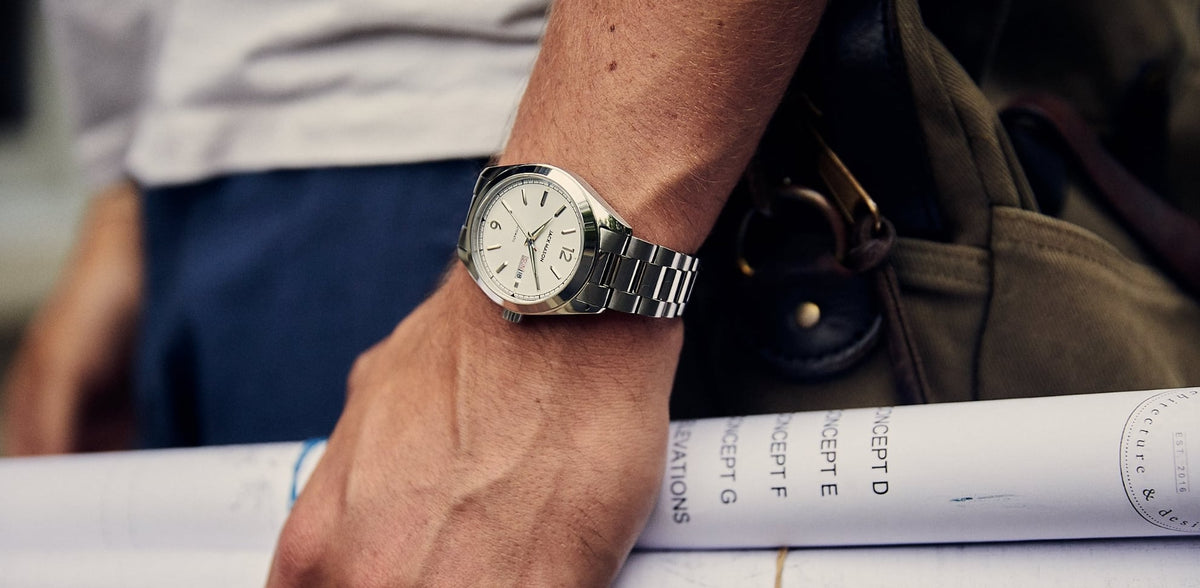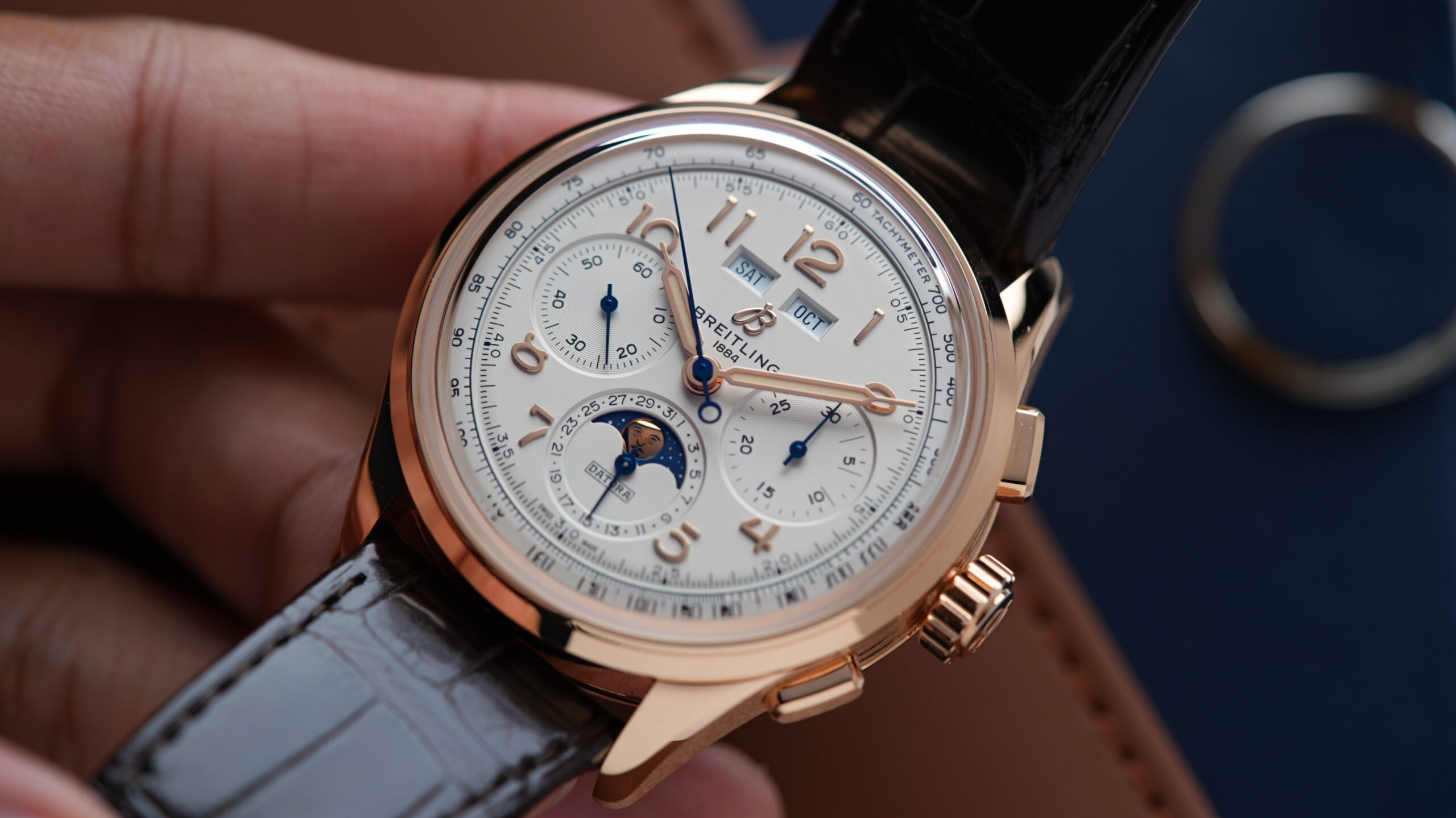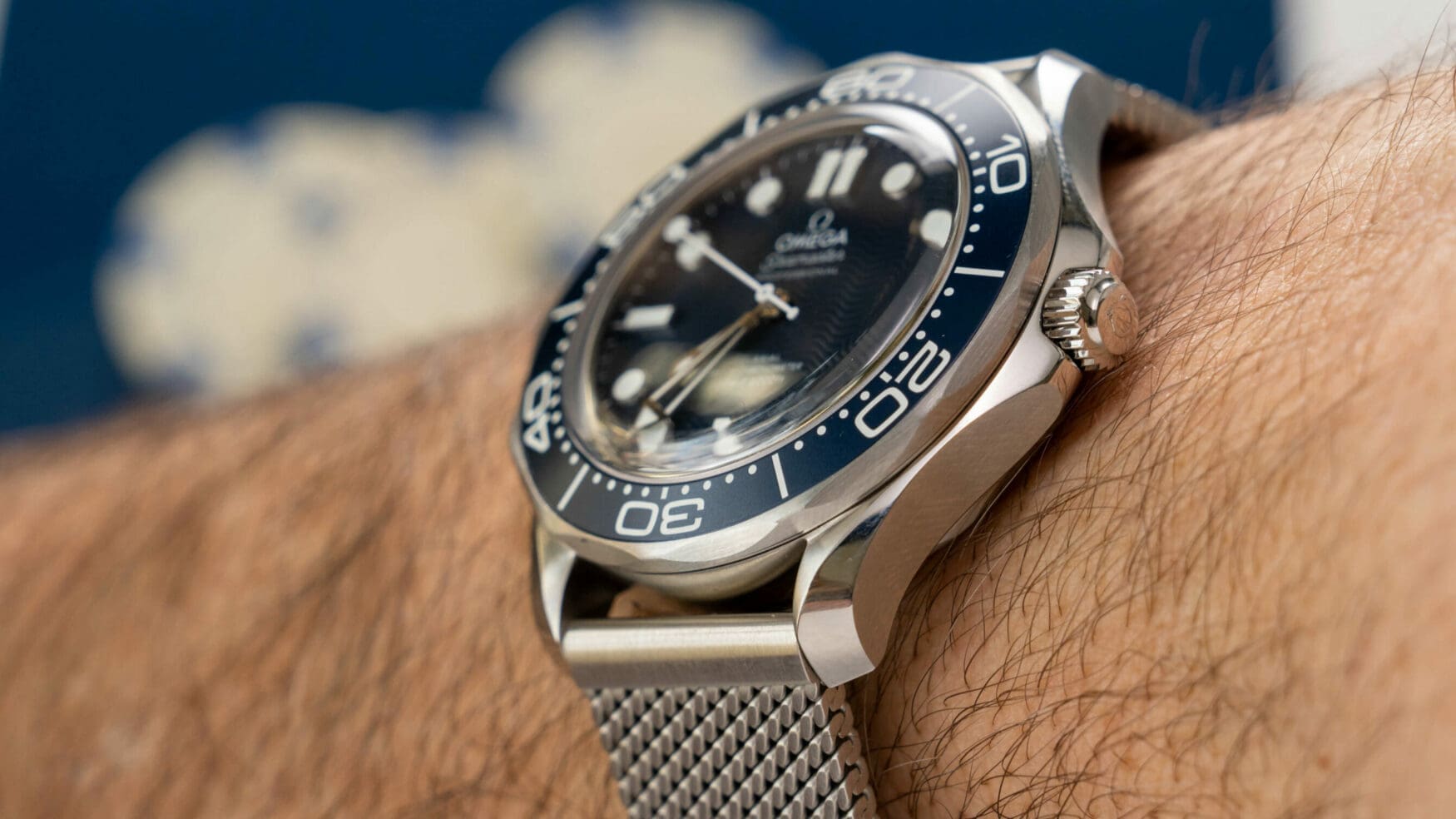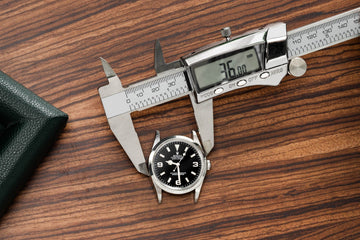Case thickness often decides whether a watch is simply good or truly great. When people look at a new watch, they usually notice the diameter (how wide it is), the lug-to-lug size (how long it stretches across the wrist), the design of the dial, and the accuracy of the movement. But among serious watch enthusiasts, it is the thickness of the case that often sparks the strongest debates.
Why does thickness matter so much? Because even a change of just two or three millimetres can transform how a watch feels, how it looks, and even how successful it becomes in the market. Thickness is not just a number, it represents the outcome of countless design decisions and engineering compromises.
Let’s explore why case thickness is so important, how it affects comfort and style, and what famous watches teach us about getting it right.
Why Case Thickness Matters

Case thickness influences four major aspects of a watch:
1. Comfort
A watch that is too thick can feel heavy, awkward, and unstable on the wrist. Thick cases often bump into shirt cuffs or jackets, a problem watch fans call “cuff snag.” A thinner case usually sits closer to the skin, creating a more secure and comfortable feel for daily wear.
2. Appearance
Thickness changes how a watch looks as much as diameter does. Slim watches appear refined and discreet, perfect for formal occasions. Thicker watches, on the other hand, feel bold and rugged, which suits sports or tool watches. A watch designed to slip under a suit cuff should usually be thin, while a professional diver’s watch is expected to be thick enough to handle water pressure.
3. Engineering Needs
Often, thickness comes from function. Higher water resistance requires stronger cases, thicker crystals, and reinforced casebacks. Complicated movements like chronographs, moonphases, or perpetual calendars need vertical room for extra components. When brands succeed in keeping these watches slim, it highlights true mastery of miniature engineering.
4. Wrist Presence
Case thickness directly changes how a watch feels in daily use. A thick watch tends to look larger and more rugged, while a slim one feels balanced and elegant even if both have the same diameter. Many collectors describe thin watches as “disappearing” on the wrist, which is usually considered a positive.
The Effective of Thickness of the Case
When people talk about watches, they often focus on the dial size: 38mm, 40mm, 42mm, and so on. But the thickness of the case is just as important, sometimes even more. A watch that’s only 2mm thicker can feel completely different on the wrist.
-
Thin cases usually feel lighter, slip more easily under a shirt cuff, and look more refined.
-
Thicker cases can give a watch more presence and strength, but they may also feel bulky or uncomfortable, especially for daily wear.
This balance between slimness and bulk is something watchmakers constantly wrestle with. Let’s look at a few well-known examples to see how it plays out.
Tudor Black Bay

The Tudor Black Bay series shows just how much thickness matters.
-
The original Heritage Black Bay (ETA movement) was about 12.7mm thick. Many collectors found it comfortable and well-balanced.
-
When Tudor added its in-house movement, the watch got thicker — almost 14.8mm. Even though it was technically better, many people felt it was too blocky and less wearable.
-
The Black Bay Fifty-Eight (BB58) fixed the issue. At 11.9mm thick and 39mm wide, it wore slim and comfortable. It became an instant favorite and proved that thinner cases often win over buyers.
Tudor later slimmed down other Black Bay models as well, showing that customers care about how a watch wears just as much as what’s inside.
Breitling Premier B25 Datora

The Breitling Premier B25 Datora is admired for its classic look. But at 42mm wide and nearly 16mm thick, it feels heavy for a watch meant to be elegant.
For comparison, the Patek Philippe 5270P, a perpetual calendar chronograph (far more complicated), is just 12.8mm thick. That slimmer profile makes the Patek look and feel refined, while the Breitling risks looking oversized for formal wear.
This shows that dress or vintage-inspired designs usually benefit from thinner cases, while extra thickness can spoil the intended style.
Case thickness changes how a watch feels more than most people realize. Slim watches are usually easier to wear, while thick ones can add weight and presence but also discomfort. The best watches strike a balance, thin enough to be comfortable, but solid enough to feel reliable.
Watch Enthusiasts’s Take on Case Thickness

Across watch forums and collector groups, discussions about thickness are constant. Two main points often come up:
-
Lug-to-lug vs. thickness: Many argue lug-to-lug length is the single biggest fit factor, but thickness usually comes second.
-
Case shape matters too: A watch with curved casebacks and sloped sides can feel much slimmer than one with flat, blocky walls, even if both measure the same.
Other factors like strap design and weight distribution also influence how heavy or light a watch feels. For example, a heavy watch on a thin strap feels unbalanced no matter the case thickness.
Conclusion
Case thickness is one of the most underestimated aspects of watch design. It decides not just comfort but also style and versatility.
A great watch balances diameter, lug-to-lug size, case shape, and thickness to create something that looks good and feels natural on the wrist. Sometimes, just one or two millimetres separate a watch that stays in the drawer from one that becomes a daily favorite.
When considering your next watch, don’t just focus on width or brand reputation, look closely at thickness. It might be the quiet detail that turns a nice watch into the perfect one.
Case Size Done Right: Argos Olympus
It is time to wear a watch that fits the way it should. The Argos Olympus was designed to get the balance right. It features a useful 40mm or 45mm width and a case shape that focuses on comfort, even while holding a power reserve movement and a unique dial.
If you value a comfortable fit and a classic look, your next watch must start with the right thickness.
See the Argos Olympus. Find your best fit today.

